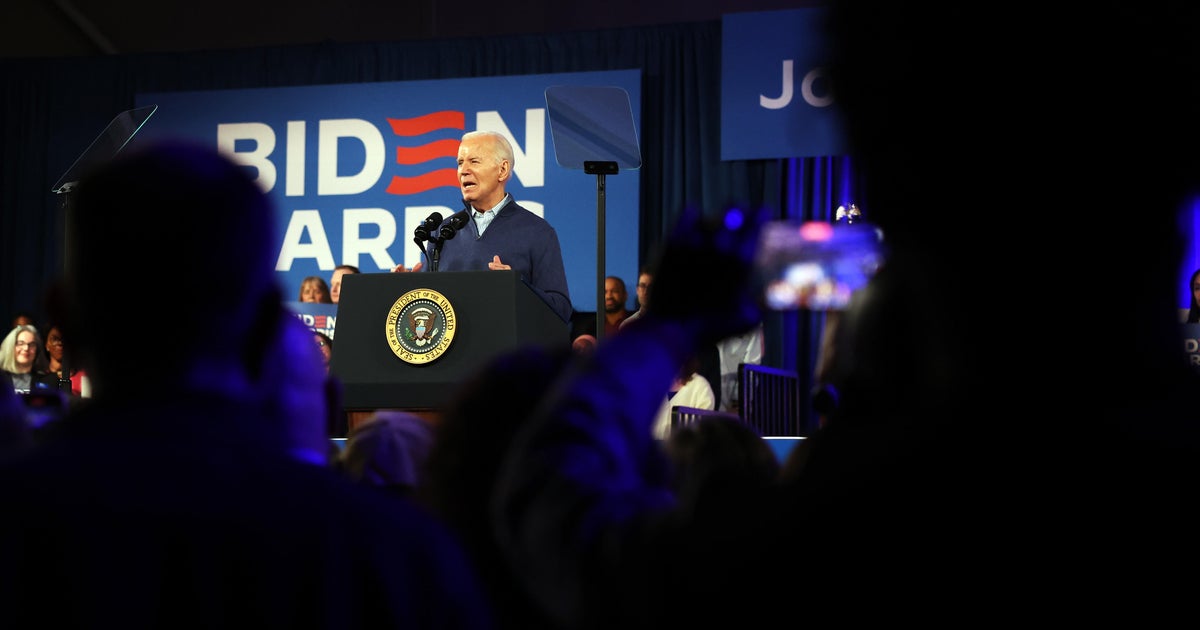Workers quit at a higher rate in November, while job openings stayed high

U.S. job openings remained high in November and workers quit at a higher rate, suggesting the job market remains tilted in favor of employees. While good news for workers, the latest numbers come as a blow to the Federal Reserve’s efforts to cool hiring and wage gains in a bid to lower inflation.
There were 10.46 million job vacancies on the last day of November, down slightly from 10.51 million in October, the Labor Department said Wednesday. That’s also down from a peak of nearly 12 million in March, but still over 4 million more than the number of unemployed people.
Until 2018, the number of job openings never exceeded the number of unemployed people.
In another key metric, the number of people quitting their job ticked up, rising to 4.2 million in November from about 4 million in October. That is below record peaks of roughly 4.6 million quits late last year, but is still historically high. Workers typically quit a job for higher pay in a new position. When many Americans quit, it can force businesses to pay more to keep their workers.
“The major story from this report is that quitting is no longer receding,” Nick Bunker, head of economic research at the Indeed Hiring Lab, said in an email. “Workers overwhelmingly quit their old jobs to take new ones, which is a critical fuel for wage growth. Wage growth may have moderated recently, but that slowdown is unlikely to continue if quitting remains high.”
The Federal Reserve is closely monitoring the figures on job openings and quits for signals about the strength of the job market. More quitting suggests there are still plenty of businesses desperate to hire that are still offering higher pay to lure workers from their current jobs.
That runs counter to the Fed’s goal of slowing hiring and the economy in order to bring down inflation. Price gains have weakened in recent months but inflation was still high at 7.1% in November compared with a year ago.
“Overall, openings and quits have declined from all-time highs,” Rubeela Farooqi of High Frequency Economics said in a report. “But levels are elevated, signaling very slow adjustment in labor market conditions. For Fed officials, these data support the view that rates need to move higher and will need to stay high for some time, to soften labor market conditions and lower prices back to target.”
Fed officials would like to see the number of openings fall further. That’s because fewer openings would indicate less competition between businesses to find and keep workers, reducing pressure on them to raise wages.
The Fed has raised rates seven times this year, to a range of 4.25% to 4.5%, and hopes to cool off the economy without causing a recession. But it expects its rate hikes to push unemployment to 4.6% next year, up from 3.7% now, an increase that has never occurred outside of a downturn.
Wednesday’s report comes just days before the government is scheduled to release the December hiring report on Friday, which will show how many jobs were gained last month, and whether the unemployment rate rose or fell.
Wednesday’s report — known as the Job Openings and Labor Turnover Survey — provides greater detail about the labor market, while the monthly jobs report on Friday includes the unemployment rate and the number of jobs added or lost each month.
World News || Latest News || U.S. News
Source link



